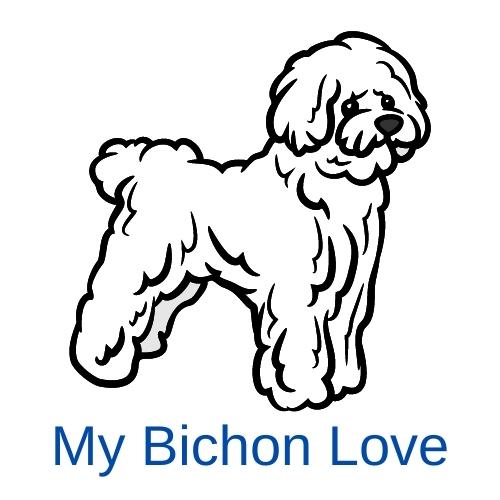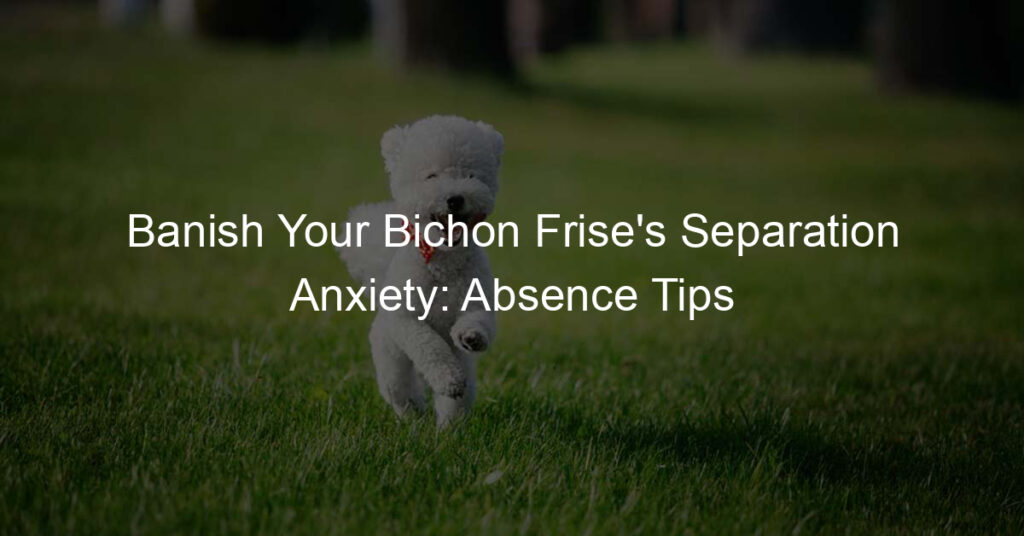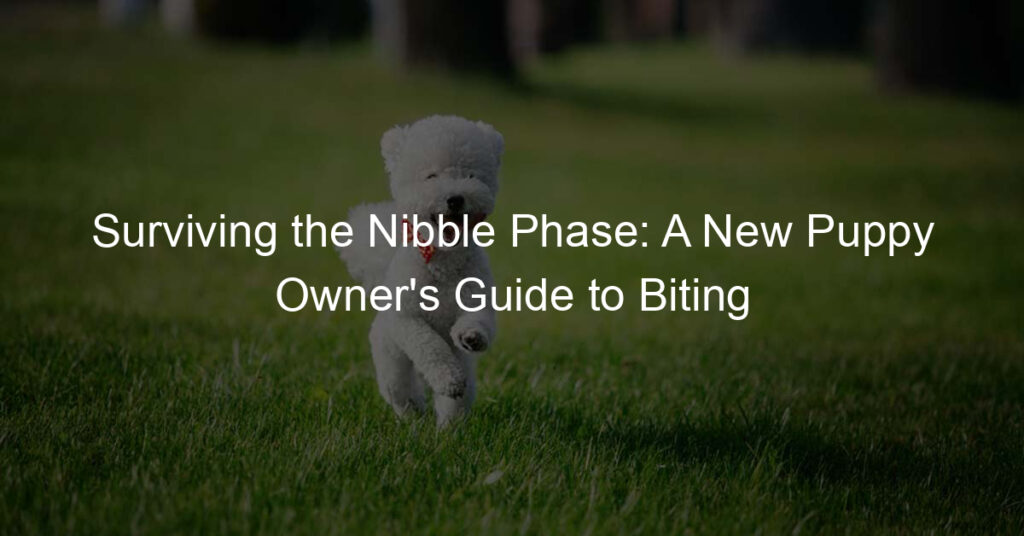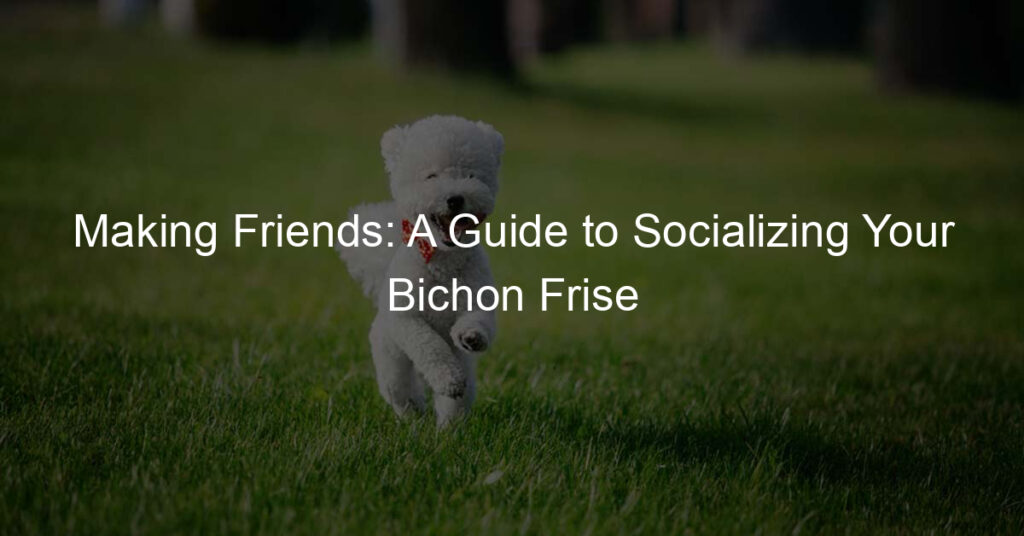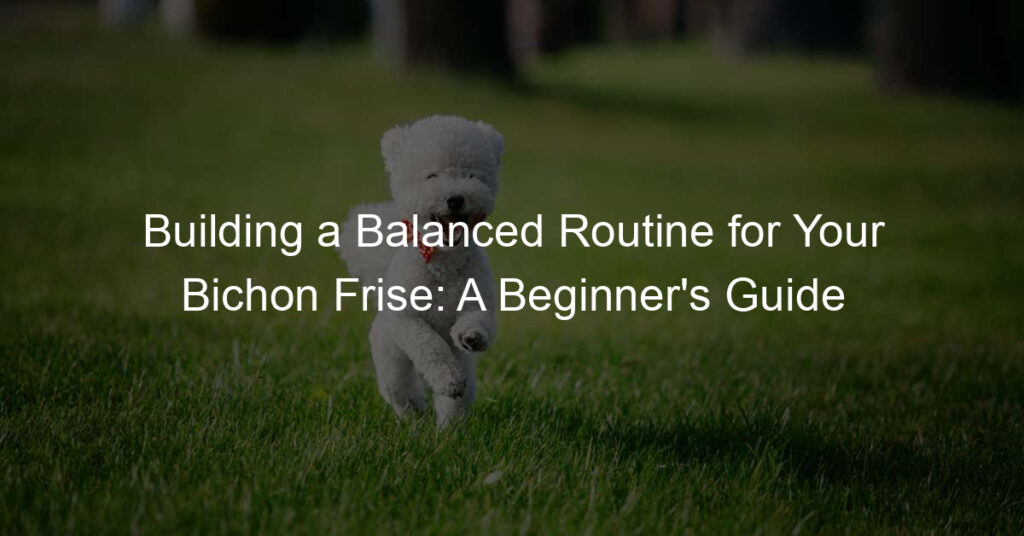Introduction to Bichon Frise Photography
Photographing your Bichon Frise can be a delightful experience. These small, fluffy, and incredibly photogenic dogs can make for some truly stunning pictures. But capturing the perfect photo of your Bichon Frise requires some knowledge and understanding. In this post, we will explore the importance of capturing perfect dog photos and provide an overview of Bichon Frise photo tips.
- Understanding the Importance of Capturing Perfect Dog Photos
- Overview of Bichon Frise Photo Tips
Photographing your Bichon Frise is not just about creating beautiful memories, but it’s also a way to document their growth and changes over time. A perfect dog photo can capture the unique personality and charm of your Bichon Frise, creating a lasting memento that you can cherish forever. In addition, sharing these photos on social media can also help raise awareness about the breed and contribute to the community of Bichon Frise lovers worldwide.
When it comes to photographing your Bichon Frise, there are several tips that can help you capture the best shot. First, always ensure that your dog is comfortable and in a good mood. Second, try to photograph your Bichon Frise in natural light as it brings out the best in their white, fluffy coat. Third, get down to their level – this can help you capture more detailed and intimate shots. Lastly, be patient. It may take several attempts to capture the perfect shot, but the results will be worth it.
As we delve deeper into the world of Bichon Frise photography, we will explore more about understanding your Bichon Frise, techniques and tips for photographing them, creating the perfect Bichon Frise portrait, and post-processing your Bichon Frise photos. So, stay tuned and get ready to master the art of Bichon Frise photography.
Understanding Your Bichon Frise
As a Bichon Frise owner, it’s essential to understand the unique characteristics of this breed. This knowledge will not only help you in taking care of your pet but also in capturing beautiful photos of them. Let’s delve into the key characteristics of Bichon Frise:
Characteristics of Bichon Frise
-
Behavior
The Bichon Frise is known for its cheerful and playful behavior. They are social animals, always eager to participate in family activities. Their curiosity and high energy levels make them excellent explorers. They love to play and can be quite active, which makes them a joy to photograph. However, their active nature also means they may require a bit of patience when trying to capture the perfect shot.
-
Temperament
Bichon Frises are friendly and affectionate dogs. They are known for their gentle and loving nature. They get along well with other animals and people, making them excellent family pets. Their outgoing and friendly temperament makes them easy to work with during photo sessions. But remember, every dog is unique, so it’s important to understand your Bichon’s individual personality.
-
Physical attributes
The Bichon Frise is a small dog with a sturdy build. They are known for their distinctive fluffy white coat and dark eyes. Their ears are droopy and covered with long hair. These physical attributes make them incredibly photogenic. However, their white coat can be a challenge to photograph correctly, so it’s crucial to understand how to work with lighting and exposure.
Understanding these characteristics will not only help you in taking care of your Bichon Frise but also in capturing their personality and beauty in photos. Remember, the key to a great photo is understanding your subject!
How to Engage Your Bichon Frise in a Photo Session
Engaging your Bichon Frise in a photo session can be a fun and rewarding experience for both you and your furry friend. Here are some tips to help you make the most of your photo session:
- Using treats and toys
- Choosing the right time for a photo session
- Creating a comfortable environment
One of the most effective ways to engage your Bichon Frise in a photo session is by using their favorite treats and toys. This not only grabs their attention but also helps them associate the camera with positive experiences. For instance, you can hold a treat near the camera to get your pet to look directly into the lens. Similarly, toys can be used to capture playful and candid shots.
The timing of your photo session is crucial. Bichon Frises are known for their high energy levels, but they also have their quiet moments. It’s best to schedule the photo session during their active hours, usually in the morning or late afternoon. Avoid photographing them immediately after meals or during their nap time to ensure they are in the best mood for the session.
Creating a comfortable environment is key to a successful photo session. Choose a familiar location where your Bichon Frise feels safe and relaxed. This could be your living room, backyard, or their favorite park. Make sure the area is well-lit, but avoid harsh lighting that could cause discomfort or squinting. Remember, the more comfortable your pet feels, the better the photos will turn out.
In conclusion, engaging your Bichon Frise in a photo session requires patience, creativity, and a good understanding of your pet’s behavior. By following these tips, you can capture beautiful and memorable photos of your Bichon Frise.
Photographing Bichon Frise: Techniques and Tips
Photographing your Bichon Frise can be a fun and rewarding experience. But, to capture the best images, you need to understand the right camera settings. Here are some tips to help you get started.
Camera Settings for Bichon Frise Photography
When photographing a Bichon Frise, the camera settings play a crucial role. The right settings can help capture the fluffy texture of their coat, their expressive eyes, and their playful personality. Let’s explore the three main settings you should focus on: Aperture, Shutter Speed, and ISO.
- Aperture
- Shutter Speed
- ISO
The aperture controls the amount of light that enters your camera. A lower f-number (like f/1.8) means more light is let in, creating a shallow depth of field. This can be great for portraits of your Bichon Frise, as it blurs the background and focuses on your pet.
Shutter speed is how quickly your camera’s shutter opens and closes. A faster shutter speed (like 1/1000) is perfect for capturing your Bichon Frise in action, as it freezes the movement. A slower shutter speed (like 1/60) can create a motion blur, adding a sense of movement to your photos.
ISO determines your camera’s sensitivity to light. A lower ISO (like 100) is ideal for bright, outdoor settings, while a higher ISO (like 800 or 1600) can be useful in lower light situations. However, remember that a higher ISO can lead to grainy images, so use it sparingly.
Understanding these settings can help you take better photos of your Bichon Frise. Remember, the best camera settings depend on the lighting conditions and what you want to capture. So, don’t be afraid to experiment and see what works best for you and your furry friend.
Lighting for Bichon Frise Photography
Lighting plays a crucial role in capturing the perfect photograph of your Bichon Frise. It can enhance the details and bring out the true colors of your pet’s coat. There are three main types of lighting to consider:
- Natural light
- Artificial light
- Reflectors
Natural light, primarily from the sun, is a great source of illumination for Bichon Frise photography. It provides a soft, warm glow that can highlight the fluffy texture of your pet’s fur. The best times to utilize natural light are during the golden hours, which are early morning and late afternoon. During these times, the light is softer and can create a beautiful, golden hue on your pet’s coat. However, avoid direct sunlight as it can cause harsh shadows and overexposure.
Artificial light is another option, especially when natural light is not available. This can be from indoor lights or a professional photography light. When using artificial light, it’s important to ensure it’s diffused to avoid harsh shadows. A softbox or umbrella can help diffuse the light and create a more even illumination. Remember, the goal is to mimic natural light as closely as possible.
Reflectors are a useful tool to enhance the lighting in your Bichon Frise photographs. They can bounce light onto your pet, filling in shadows and bringing out more detail in their coat. Reflectors come in different colors, each providing a different effect. A white reflector, for example, provides a neutral bounce, while a gold one adds a warm glow.
Understanding and experimenting with these different types of lighting will help you achieve the best results in your Bichon Frise photography.
Creating the Perfect Bichon Frise Portrait
Creating a perfect portrait of your Bichon Frise is an art that requires patience and understanding of your pet’s personality. The background plays a crucial role in enhancing the overall appeal of the portrait. Here are some tips on choosing the right background.
Choosing the Right Background
Choosing the right background for your Bichon Frise portrait can significantly impact the final result. It can either highlight or distract from your dog’s features. Here are some indoor and outdoor background options for you to consider.
- Indoor Backgrounds
- Outdoor Backgrounds
Indoor backgrounds offer a controlled environment where you can manipulate lighting and props. You can use a plain wall for a minimalist look or add some personal items to give a homely feel. Ensure the background color contrasts with your Bichon Frise’s white fur to make it stand out.
Outdoor backgrounds provide a natural and vibrant setting. Parks, beaches, or even your backyard can serve as excellent backgrounds. The greenery or the blue sky can complement your Bichon Frise’s white fur beautifully. However, make sure to choose a time when the lighting is optimal, usually early morning or late afternoon.
Remember, the goal is to create a portrait that captures your Bichon Frise’s unique personality and charm. So, choose a background that best suits your pet’s character and mood.
Posing Your Bichon Frise
Getting the perfect pose from your Bichon Frise can make all the difference in your photography. Here are some tips to help you capture your furry friend in the best light.
- Classic Poses
- Creative Poses
- Capturing Candid Moments
Classic poses are timeless and can bring out the best in your Bichon Frise. Some of the most popular classic poses include the ‘sit’ and ‘lay down’ poses. These poses not only show off your Bichon Frise’s adorable features but also their obedience and training. Remember, patience is key when trying to get these poses right. Treats can also be a great motivator!
Don’t be afraid to get creative with your poses. This could mean capturing your Bichon Frise in mid-jump, playing with their favorite toy, or even dressed up in a cute outfit. The sky’s the limit when it comes to creative poses, so let your imagination run wild! Just make sure your Bichon Frise is comfortable and safe at all times.
Candid moments can often result in the most memorable photos. These are the unplanned, spontaneous shots where your Bichon Frise is simply being themselves. It could be a yawn, a funny face, or a moment of pure joy as they play. To capture these moments, always have your camera ready and try to make the photography session fun for your Bichon Frise.
Remember, the key to great Bichon Frise photography is patience and practice. So don’t be discouraged if you don’t get the perfect shot right away. Keep trying and you’ll soon have a collection of beautiful photos of your beloved pet.
Post-Processing Your Bichon Frise Photos
Once you’ve captured the perfect shot of your Bichon Frise, the next step is to enhance the photo’s quality and appeal. This process, known as post-processing, involves using editing software to adjust various aspects of the image. Let’s explore some of the best software options available for this purpose.
Editing Software Options
There are numerous software options available for editing your Bichon Frise photos. Here are some of the most popular ones:
- Adobe Photoshop: This is a professional-grade software that offers a wide range of editing tools. It’s perfect for detailed retouching and creating high-quality images. However, it may require some learning to master its features. You can learn more about Adobe Photoshop here.
- Lightroom: Also from Adobe, Lightroom is a simpler and more user-friendly option compared to Photoshop. It’s great for basic edits like cropping, color correction, and exposure adjustment. It also allows you to organize and manage your photos efficiently. Learn more about Lightroom here.
- Free alternatives: If you’re on a budget, don’t worry! There are several free editing software options available. Some of the most popular ones include GIMP, Pixlr, and Canva. These platforms offer a good range of editing tools and are quite easy to use.
Choosing the right editing software depends on your specific needs and skill level. Experiment with different options to find the one that works best for you and your Bichon Frise photos.
Basic Editing Techniques
Once you’ve captured your Bichon Frise’s adorable moments, the next step is to enhance the photos. Here are three basic editing techniques you can use to make your Bichon Frise photos stand out:
-
Cropping and Framing
Cropping is a simple yet effective way to improve your photos. By removing unnecessary parts of the image, you can focus on your Bichon Frise, making it the star of the photo. Framing, on the other hand, involves positioning your Bichon Frise within the photo in a way that draws attention to it. Remember, the rule of thirds can be a helpful guide when framing your shots.
-
Color Correction
Color correction is all about ensuring your photo’s colors are accurate and pleasing to the eye. This involves adjusting the photo’s white balance, saturation, and contrast. For instance, if your Bichon Frise’s white fur appears yellowish in the photo, you can use color correction to fix this. This way, your Bichon Frise’s fur will look as white and fluffy as it does in real life.
-
Removing Unwanted Elements
Sometimes, there might be distracting elements in your photo that take attention away from your Bichon Frise. This could be a stray toy, a piece of trash, or even a photobombing squirrel. With editing software, you can easily remove these unwanted elements, making your Bichon Frise the undisputed focal point of the photo.
Remember, the goal of editing is not to create a perfect photo, but to enhance the natural beauty of your Bichon Frise. So, don’t be afraid to experiment with these techniques until you find what works best for you and your furry friend.
Conclusion: Mastering Bichon Frise Photography
As we wrap up this comprehensive guide on Bichon Frise photography, it’s important to remember that mastering any skill requires time, patience, and practice. Let’s recap what we’ve learned and discuss the next steps on your journey to becoming a pro at capturing your Bichon Frise’s best moments.
- Recap of Bichon Frise photo guide: We started with an introduction to Bichon Frise photography, understanding your Bichon Frise’s personality, and how it can influence the photos. We then delved into various techniques and tips for capturing your Bichon Frise in the best light, creating the perfect portrait, and post-processing your photos to enhance their beauty. Bichon Frise are known for their playful and cheerful disposition, which can add a unique charm to your photos.
- Continued practice and learning: Remember, practice makes perfect. The more you practice, the better you’ll get at capturing your Bichon Frise’s personality and charm. Keep experimenting with different angles, lighting, and settings. Don’t be afraid to step out of your comfort zone and try something new. Join online photography forums or enroll in photography classes to continue learning and improving your skills.
- Sharing your perfect Bichon Frise photo: Once you’ve captured that perfect shot, don’t hesitate to share it with the world. Whether it’s on social media, a photography contest, or even a local art exhibition, your photos can bring joy to others and inspire fellow Bichon Frise owners. Plus, getting feedback from others can help you improve and grow as a photographer.
Remember, the journey to mastering Bichon Frise photography is a marathon, not a sprint. So, take your time, enjoy the process, and most importantly, have fun with your furry friend. Happy photographing!
